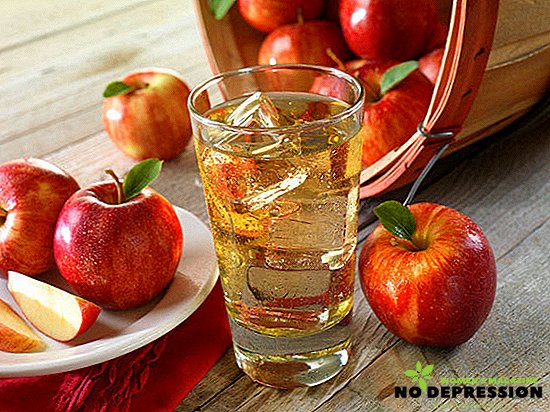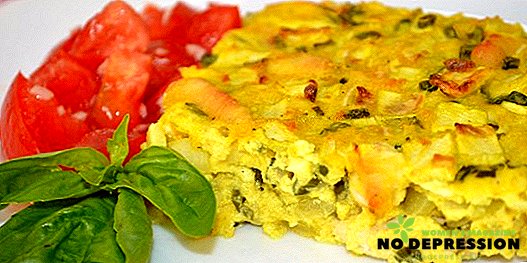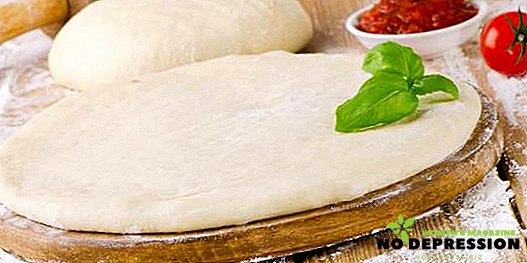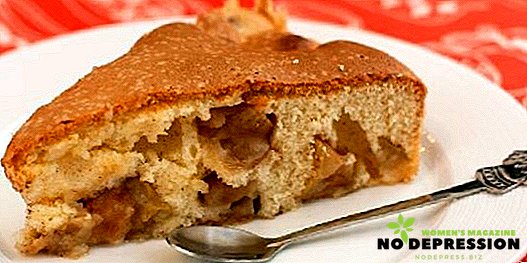Gloxinia, or synningia (synninginia) - is a representative of the perennial plant of the Gesneriyev family.
The place of its growth are the countries of Latin America. However, properly selected conditions allow the inveterate flower growers to grow Gloxinia in the home environment.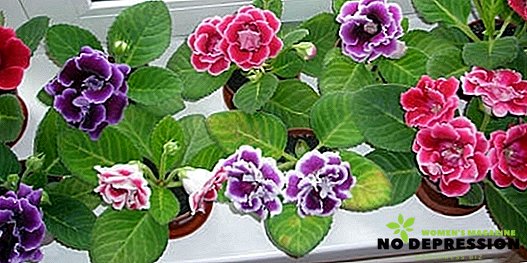
Varieties and cultivation features
To recognize gloxinia, you need to know its external morphological features.
From a short stalk grow large, for a bushy plant, the leaves: their shape is oval, serrated edges. The color of the leaves is green, the surface is velvety. Gloxinia - flowering plant. Petals form an inflorescence resembling a "bell". Their color may be white, red, blue-violet or pink.
Gloxinia care at home
At home, gloxinia care provides for several main criteria that will help to properly grow a green "pet."
- Planting and transplanting. Early spring is the perfect time to plant a new flower. Gloxinia tubers, which have "hibernated" in a pot with soil, are transplanted into the new pot along with the soil. At the bottom of a new tank, a layer of drainage is lined, on which a tuber is laid, and the ground is covered with an even layer on top. Following this, a substrate is gradually introduced, which “absorbs” the tuber only by half. In this way, a landing or transplant of syningium is performed. Tubers that were stored, for example, in the refrigerator, are planted in the same way.
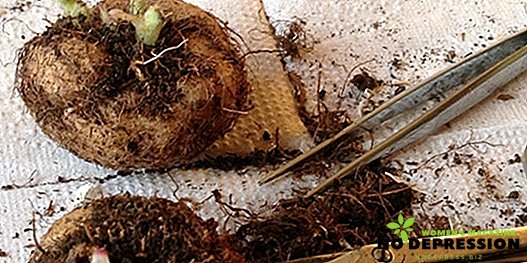
- Choosing a flower pot. The root system of the plant grows mainly in breadth, so the capacity for planting should be wide. Its height may be small. The larger the nodule part of the plant, the larger the pot should be;
- The temperature that is best suited for a flower varies from 18-22 ° C. During germination of the nodule, the temperature should be 25 ° C. This will accelerate the growth of new shoots. Deviation of temperature indicators from the norm (up or down) will lead to the death of gloxinia.
- Moisture. For good growth, sinninginia requires high humidity. To do this, you can use the spray gun to spray the water around the plant, wipe the leaves with warm water, and also put the plant pot in a moist soil. During intensive growth, gloxinia needs frequent watering of the soil, avoiding contact with excess water on the leaves and flowering part. In September, it is rarely necessary to water the plant, as it gradually turns into a wintering state.
- Lighting. Sinningia prefers well-lit places, but does not tolerate direct sunlight. Therefore, if you put a flower on the windowsill, you need to darken the window a bit so that the sun does not burn the foliage. For even growth, synginia needs to be turned once a week by the other side towards the sun.
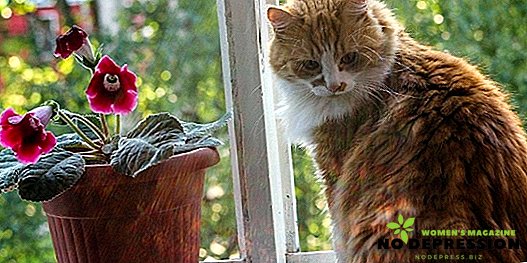
- Fertilization should begin in April and last through August, inclusive. “Feed up” syngenia is required once a week. Fertilizers should contain the optimal amount of mineral elements, as well as calcium, phosphorus and nitrogen. Simultaneous fertilization and growth stimulants are allowed. In order for the root system not to suffer from fertilizing, fertilizer should be applied to moist soil and in the form of a weakly concentrated solution. As for additives with a high content of phosphorus, it is better to reduce them, since their excess amount will bring rapid flowering.
Gloxinia, which is only transplanted, and the diseased plant does not need to be fertilized. In addition, do not fertilize the plant before and during dormancy.
Gloxinia in winter - how should care be provided?
With the onset of winter cold, it will be necessary to take care that the synningia transferred wintering favorably.
With a cold snap, the entire surface of the plant dies off, so only the tuber needs preparation. And so, what are the ways to preserve its integrity:
- To tuber well survived a protracted period, it must be stored at a temperature of 10⁰ - not lower. Therefore, as an option, you can use the vegetable department in the refrigerator;
- Some gardeners do not dig up tubers for wintering, but leave them in the same soil in which gloxinia grew. The only condition for this method of storage is a temperature of 10⁰.

The propagation of flowers gloxinia
From one blooming gloxinia, you can get several daughter plants. Reproduction involves several ways.
Seeds
No matter how simple, at first glance, this method of breeding does not seem to be, it is rather laborious and multistage. First you need to get the seeds.
Sowing seeds is carried out as follows:
- The most suitable time for sowing is January-February. Seeds are poured into the prepared, loosened soil;
- It is necessary to sprinkle with earth quite a bit, because the seeds are small and can not grow;
- Water the seeds. To do this, use a spray;
- Cover the seed container with cellophane or glass;
- Leave the seeds to germinate in a room filled with light and a temperature of 23-25⁰;
- Do not forget to moisten the soil as soon as it becomes dry;
- As soon as sprouts appear, they must be transplanted into separate containers.

Tuber Split
- Before proceeding to root separation, it must be examined for integrity and the absence of stains, rot and other defects. If defects are found, they must be cut out;
- On the divided tuber there must be processes, the length of which is not less than 2 cm;
- Transplanting in this way should be done using a very clean, disinfected blade;
- The prepared blade divides the tuber into several fragments so that at least 1 projection is on each severed part;
- The obtained parts of the tuber from the side of the cut are smeared with brilliant green and dried in the open air;
- Part of the tuber is planted in separate containers and watered as the soil dries.
Leaf reproduction
- For reproduction take the largest sheet. With the help of the blade, the veins are incised;
- A sheet is laid on the prepared soil so that the incised veins adjoin the soil;
- A can is placed on top and cleaned in a warm, dry place;
- As soon as young roots appear, the jar is removed.

Cuttings
- Cut the leaf with the handle put in the water until new roots appear;
- After, the leaf is transplanted into the soil and covered with a bag;
- As soon as the young leaves appear, the pact is removed, the old sheet is thrown out.
Flowering reproduction
This method involves transplanting the flowering part of Gloxinia according to the type of leaf transplant with a cutting.
Gloxinia pests and diseases
Gloxinia is very vulnerable to all sorts of plant diseases.
- Late blight. This fungal disease manifests itself in the form of brown spots on the upper part of the leaves, as well as in the form of mold formations on their backside. Dark streaks are clearly visible on the stems. If time does not recognize the infection of the plant, then it will be almost impossible to “reanimate” it;
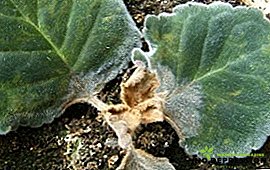
- Fusarium. When gloxinia is infected with such a disease, its leaves quickly dry out, curl up into tubules;
- The presence of gray rot in the plant will be indicated by a gray bloom on the petals and stems, as well as dark spots on the leaves;
- Root rot manifests itself in the form of blackened stems and root;
- Mealy dew. Mealy bloom on the leaves, the deformation of the growth of new leaves and buds - all these are signs of plant disease;
- Phyllosticosis If gloxinia is infected with phyllostiktosis, then dark brown spots will form on its leaves, which will burst as they grow;
- Anthracnose is characterized by the formation of maroon spots on the leaves, which gradually affect the rest of the plant;
- A rusty mushroom looks like yellow bloom on the outside of the leaves, and like a cluster of bubbles of various colors on their back side.
The reasons for the development of these diseases in gloxinia can serve as the inattention of its owner and failure to comply with the necessary requirements for the care of herbal pet.
Excess moisture in the soil and the surrounding air, not loosened soil, low temperature - this is the provocateurs of gloxinia's “bad health”.
Some representatives of harmful parasites are also capable of disrupting the full growth of synergy.
- Spider mite;
- Cyclamen tick;
- Shchitovka;
- Thrips;
- Mealybug;
- Whitefly.

Beautiful and healthy gloxinia will deliver aesthetic pleasure to its owners. But the good condition of the "green pet" is the result of proper care. One has only to study the "preferences" of the plant and, in gratitude, it will delight with its fragrant, flowering look.
For more information on how to plant gloxinia, see the following video.





